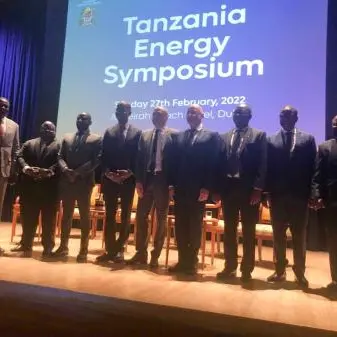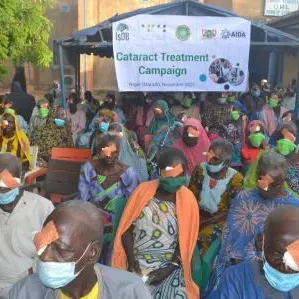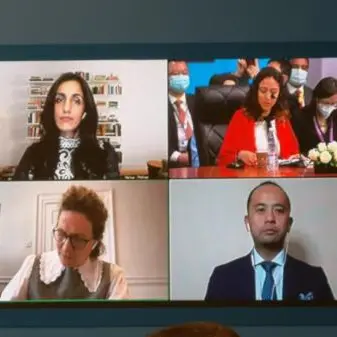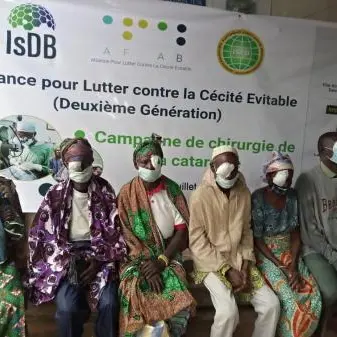In Somalia, the United Nation World Food Programme is delivering life-saving assistance to more people than ever before, reaching 3.7 million people with relief and over 300,000 with nutrition support - but famine is now an imminent reality unless immediate and drastic action is taken.
With the country gripped by a devastating drought and forecasts of an unprecedented fifth consecutive failed rainy season, famine is now projected in several districts of the Bay region of Somalia from October to December, unless resources can be secured to sustain and expand the scale-up of humanitarian assistance.
“We know from experience that we cannot wait for a formal declaration of famine to act. Even before we first warned of the risk of famine, we were working to scale up our life-saving support in Somalia as far as resources have allowed. Since April, we have more than doubled the number of people we are supporting with humanitarian assistance, reaching record numbers in Somalia,” said Margot van der Velden, WFP Director of Emergencies, speaking from Mogadishu. ”But the drought crisis is still deteriorating and famine is closer than ever. The world must respond now, while we still have a chance to prevent catastrophe.”
Additional information for journalists:
- Famine is now projected between October and December in the Baidoa and Burkhaba districts and displaced populations in Baidoa town of Somalia’s Bay region, unless humanitarian aid is scaled up. The last famine in Somalia, in 2011-12, killed over a quarter of a million people – and while the scale of humanitarian assistance is much larger now than it was then, the scale of need is also much greater.
- According to the last official national update, close to half the population of Somalia were facing acute food insecurity in June. The situation has worsened since then, and updated figures are expected in coming days.
- The hunger crisis in Somalia is primarily the result of a drought of historic severity. Four consecutive rainy seasons have failed and forecasts for the fifth are poor. This is compounding the impact of other recurrent climate shocks, coupled with conflict and instability that exacerbates hunger and restricts humanitarian access.
- Food prices in Somalia were already rising sharply due to drought-induced livestock deaths and poor harvests. They soared even higher following the crisis in Ukraine. In June, the average cost for a household to meet its basic food needs was at its highest in five years.
- Without waiting for a declaration of famine, WFP has scaled up humanitarian assistance to unprecedented levels in Somalia, despite the very limited resources available – especially in the early stages of the drought crisis.
- In July 2022, WFP reached 3.7 million people in Somalia with life-saving relief assistance – more than double the number in April, when WFP and the UN first warned of the risk of famine, and the most ever reached by WFP in Somalia in a single month. We also reached over 300,000 people with treatment for malnutrition.
- We are working to increase this still further in coming months, to reach 4.5 million people with relief and 470,000 with nutrition treatment.
- WFP is the largest humanitarian agency in Somalia, with 12 offices across the country providing coverage in every state. We are in ongoing collaboration with United Nations agencies, all levels of government, partners and donors to push assistance still further into the most challenging areas.
- WFP’s massive scale-up has largely been made possible thanks to timely support from the United States. But the broader international community must act now to enable us to sustain and expand this scale-up, including in hard-to-reach areas – such as the Bay region, where famine is now projected.



















